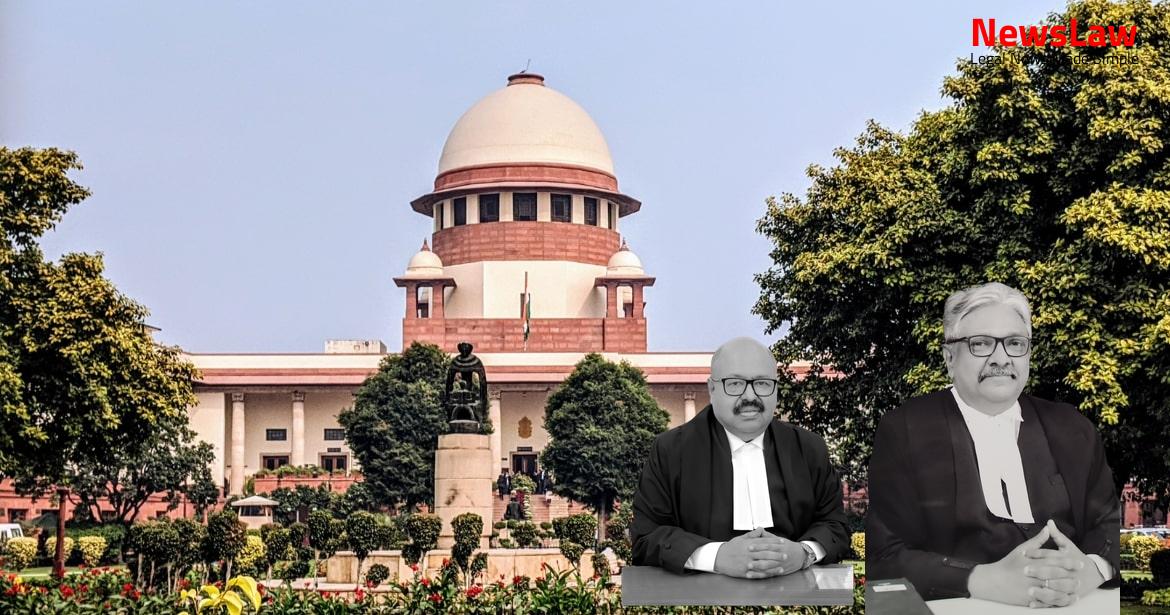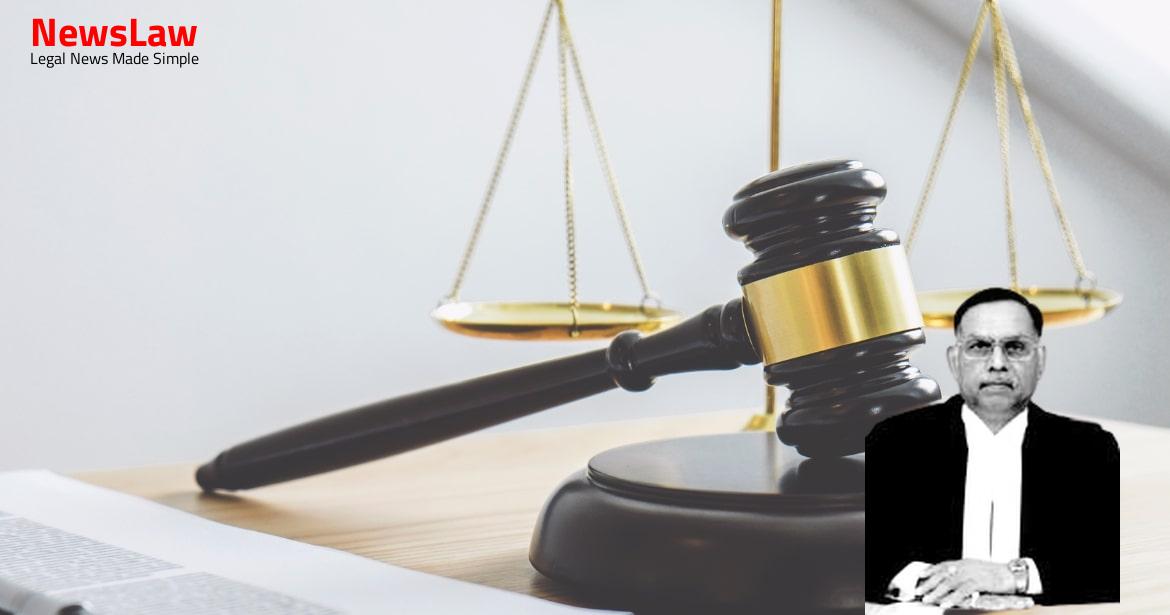Dive into an intricate legal analysis by the court regarding the doctrine of relation back in succession cases. Unpacking the complexities of adoption, retro-active effects on inheritance rights, and the nuances of the legal fiction involved. Stay tuned for insights on the significant impact of these legal principles on inheritance disputes.
Facts
- Plaintiff was born 10 days after the passing away of her father, Kasabai since deceased.
- Suit was filed seeking partition of the properties listed in the plaint schedule.
- Step sisters instituted Suit No. 53 of 1984 based on a compromise agreement.
Also Read: Legal Analysis of Assignment and Ratification in Property Law
Arguments
- Daughter in the Bombay region would get the right as a heir.
- Upon remarriage of the mother, the plaintiff as a legal heir would get a part of her right and be entitled to a share out of the estate of the mother along with the adopted son.
- Impugned judgment results in the exclusion of the daughter who was in the womb even when the father was alive and born immediately after the death of the father.
- The daughter is entitled to her rightful share.
- Controversy raised regarding the applicability of the doctrine of relation back.
- The complexity of the present case arises from the application of the legal fiction of ‘relation-back’.
- Limitations on the amplitude of the fiction of relation-back vis-a-vis the partition of 1944 are considered.
- The rights of the adopted son are emphasized, especially in cases of valid adoption and when the doctrine of relation back applies.
- The subsequent adoption is discussed in relation to the divesting of the rights of the mother and its retro-active effect from the date of the father’s death.
- References to Mulla on Hindu Law, Supreme Court decisions in Govind Hanumantha Rao Desai versus Nagappa alias Narahari Laxman Rao Deshpande, and Shripad Gajanan Suthankar versus Dattaram Kashinath Suthankar are made to support the arguments concerning the doctrine of relation back.
- It is established that the adoption by a widow relates back to the date of the death of the adoptive father which, in this case, occurred in 1921.
- The respondent’s counsel argues in favor of the High Court’s decision to apply the doctrine of relation back.
Also Read: Interpretation of Custody in Contempt of Court Case
Analysis
- Adopted son’s rights arise only upon adoption and do not include pre-adoption rights
- Alienations made by the widow before adoption are binding if lawful or for legal necessity
- Adopted son can divest others but previous lawful alienations are binding
- Daughter’s position as legal heir can be affected by the presence of an adopted son
- Doctrine of ‘relation back’ can result in the adopted son becoming the sole and exclusive heir
- Changes brought about by Hindu Succession Act impact succession rights significantly
- Illustrative example provided for scenarios without sons, highlighting daughter’s rights
- Application of ‘relation back’ leading to exclusivity of adopted son’s inheritance
- Concurrent finding on adoption’s impact on daughter’s rights reversed by the High Court
- The adopted son’s status affects the daughter’s entitlement to inheritance
- Remarriage of the mother of the plaintiff and the first defendant does not result in any right accruing to the plaintiff-daughter.
- The plaintiff-daughter would not be an heir due to the existence of the adopted son by virtue of the doctrine of relation back.
- Estoppel does not arise in favor of the plaintiff as she was not a party to the compromise between the adopted son and step-sisters.
- The first defendant, as the son, would become the sole owner of the property.
Also Read: Judicial Interpretation on Tribunal Powers and Back Wages
Decision
- Pending application(s) disposed of
- No costs to be paid
- Appeal dismissed
Case Title: KASABAI TUKARAM KARVAR Vs. NIVRUTI (DEAD) THR. LRS. (2022 INSC 733)
Case Number: C.A. No.-006076-006076 / 2010



